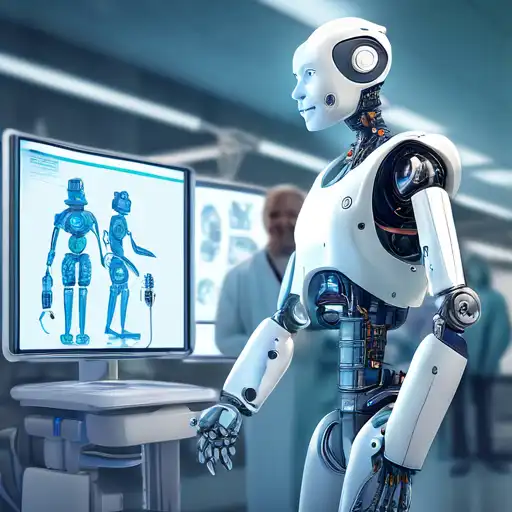The Revolutionary Impact of Robotics in Healthcare
In recent years, the integration of robotics into healthcare has marked a significant leap forward in medical technology. From surgical procedures to patient care, robotics is transforming the way healthcare services are delivered, offering precision, efficiency, and improved outcomes.
Enhancing Surgical Precision
One of the most notable applications of robotics in healthcare is in the field of surgery. Robotic surgical systems, such as the Da Vinci Surgical System, allow surgeons to perform complex procedures with enhanced precision, flexibility, and control. These systems minimize human error, reduce patient recovery time, and lower the risk of complications.
Improving Patient Care
Robotics also plays a pivotal role in patient care. Robots are being used to assist with rehabilitation, providing consistent and precise therapy sessions for patients recovering from strokes or injuries. Additionally, robotic exoskeletons are enabling individuals with mobility impairments to walk again, significantly improving their quality of life.
Streamlining Hospital Operations
Beyond direct patient care, robotics is streamlining hospital operations. Automated guided vehicles (AGVs) are used for transporting supplies and medications, reducing the workload on staff and minimizing the risk of errors. Similarly, robotic process automation (RPA) is being employed for administrative tasks, such as scheduling and billing, enhancing efficiency and accuracy.
The Future of Robotics in Healthcare
The potential of robotics in healthcare is vast and still largely untapped. Future advancements may include nanorobots for targeted drug delivery, robotic nurses for round-the-clock patient monitoring, and AI-driven diagnostic tools. As technology continues to evolve, the integration of robotics in healthcare promises to further revolutionize the industry, making treatments more accessible, affordable, and effective.
In conclusion, robotics in healthcare is not just a game changer; it's a revolutionary force that is reshaping the landscape of medical treatment and patient care. By embracing these technological advancements, the healthcare industry can look forward to a future where precision, efficiency, and improved outcomes are the norm.
